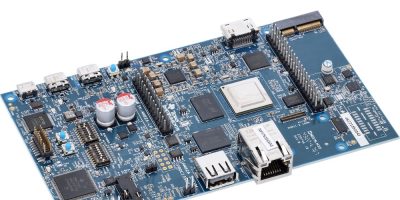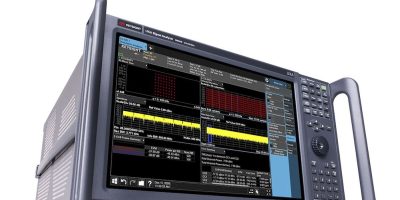Vision capabilities and AI processing for up to 12 cameras is afforded by the AM6xA family of vision processors released by Texas Instruments. They are designed for use in building, industrial and retail automation applications.
The family consists of six Arm Cortex-based vision processors that allow designers to add more vision and artificial intelligence (AI) processing at a lower cost, said TI. It is also defined by better energy efficiency which can be applied across the scale of vision applications whether video doorbells, machine vision or autonomous mobile robots.
The four AM62A versions, the AM68A and the AM69A processors are supported by open-source evaluation and model development tools, and common software that is programmable through industry-standard APIs, frameworks and models.
The vision processors are affordable, said Sameer Wasson, vice president, processors at Texas Instruments. He continued, saying the “highly integrated SoCs will enable the future of embedded AI by allowing for more cameras and vision processing in edge applications.”
The AM62A3, AM62A3-Q1, AM62A7 and AM62A7-Q1, support one to two cameras at less than 2W. The low power devices target applications such as doorbell cameras and smart retail systems. The AM62A3 is claimed to be the industry’s lowest-cost 1-TOPS vision processor.
The other members of the family are the AM68A, which enables one to eight cameras in applications like machine vision, with up to 8 TOPS of AI processing for advanced video analytics.
The AM69A, which achieves 32 TOPS of AI processing for one to 12 cameras in high-performance applications such as edge AI boxes, autonomous mobile robots and traffic monitoring systems.
Processors feature an SoC architecture with integrated components including Arm Cortex-A53 or Cortex-A72 central processing units, a third-generation TI image signal processor, internal memory, interfaces, and hardware accelerators delivering AI processing for deep learning algorithms.
Beginning in Q2 2023, designers can accelerate time to market for their edge AI applications with a public beta of TI’s free open-source tool, Edge AI Studio. This web-based tool allows users to develop and test AI models quickly and easily using user-created models and TI’s optimised models, which can also be retrained with custom data.
AM68A processors are available now through TI and authorised distributors in production quantities. Pre-production samples of the AM62A and the AM69A are available through TI. Starter kits are available on TI.com for the AM62A, AM68A and AM69A.






